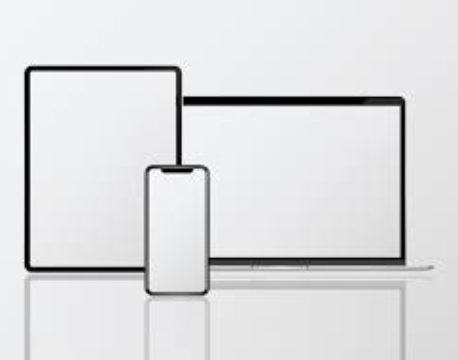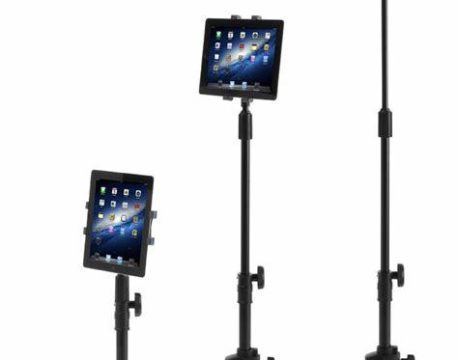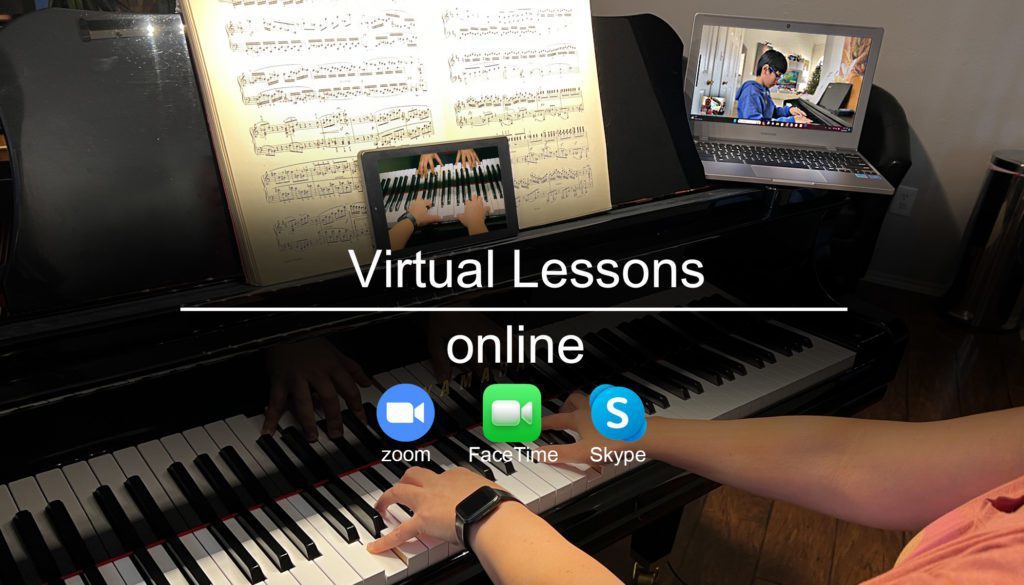How to Arrange for Online Piano Sessions – Fundamental Steps
1. Check your internet connection
Your internet connection plays a crucial role. This might be a daunting aspect for those less familiar with technology. However, no need to worry – let me walk you through some straightforward checks to ensure seamless online lessons.

To start, let’s examine both your download and upload speeds. Since you’ll be dealing with full HD video streams for both receiving and sending, your connection needs to handle this data volume!
Checking your speed is quite simple. Visit google speedtest and click on the prominent “go” button. The website will conduct the test and provide a result similar to this:
2. Use an appropriate device

In contemporary times, it’s common for households to possess an iPad or laptop, which are truly indispensable tools for online students. Personally, I find iPads particularly effective, thanks to their decent internal mic, even when dealing with acoustic pianos.
While a desktop computer is fantastic and more powerful (I use one for teaching), it’s essential to set it up near your piano. However, be prepared to invest in external webcams and microphones.
I strongly advise against using phones during lessons due to their small screens, making it challenging to clearly see demonstrations or sheet music.
Before starting lessons, ensure your device is fully charged. Set a reminder to charge it two hours before your lesson! If using a laptop, check that the operating system (Mac OS or Windows) is up to date.
3. Get an iPad or laptop floor stand.
While perhaps not necessary for the one-off online lesson, if you want to take lessons regularly, I highly recommend you invest in an iPad or laptop floor stand.
These stands are relatively inexpensive and will prevent you from having to balance your expensive device on a stack of books (and run the risk it falls on the floor!).
Furthermore, they can are usually height adjustable (make sure you get one that is) and that means you can flip your iPad on the side, giving you more screen real estate to view your lesson.
And by the way, this will make the view of your playing 100% better for the teacher too. Win-win!
To find a stand, simply type in iPad or laptop floor stand into Amazon, Ebay, or simply Google. Or ask your teacher for a recommendation.

